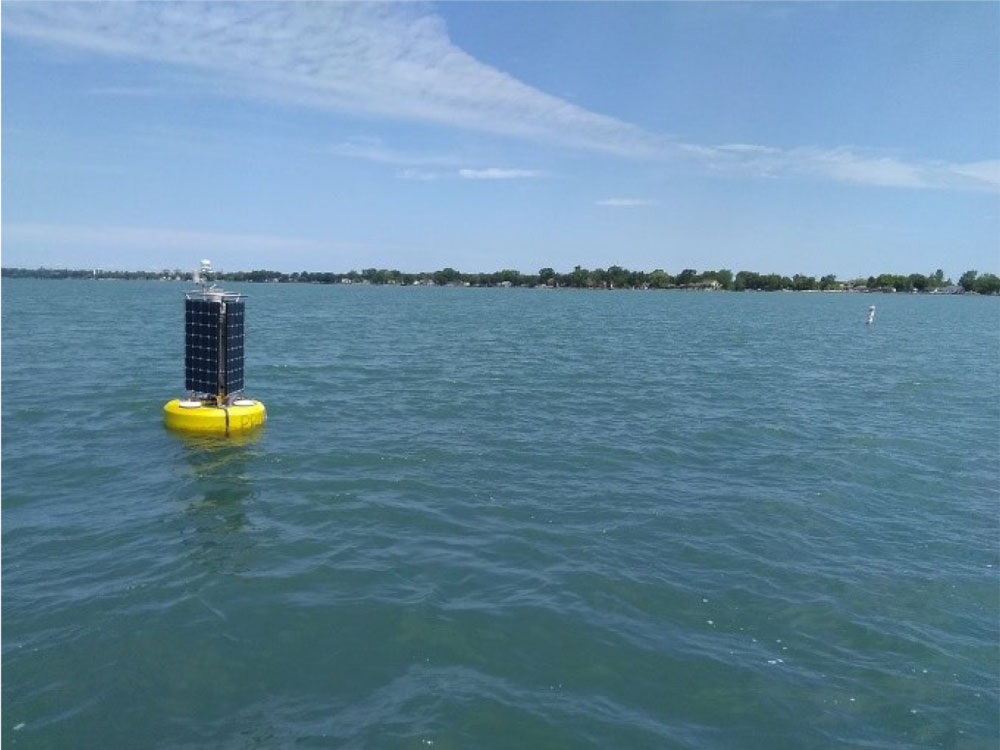Harmful algal blooms (HABs) and the low dissolved oxygen concentrations associated with them are a growing concern for large water bodies throughout the world. HABs have resulted in fish kills and drinking water advisories, which collectively have caused estimated economic losses of up to US$71 million per year within Lake Erie alone. HABs have been linked to excessive nutrient inputs, specifically those of nitrogen and phosphorus, and in the 1980s, were successfully managed by reducing phosphorus inputs to lakes. Recently, however, bloom frequency and toxicity have increased. Scientists and resource managers have proposed several hypotheses for this bloom resurgence, including changes in phosphorus bioavailability and increases in water temperatures, turbidity, and internal nutrient loads. Determining the specific sources of these water quality issues is challenging in the constantly changing Great Lakes environment with its multiple stressors. Without knowing the cause, it is impossible to find a solution; as a result, HABs issues persist within the Great Lakes. However, new technologies that enable real-time monitoring of nutrients in these water bodies are helping to provide some answers.
Read the full article in the Fall 2019 issue of IAGLR Lakes Letter.
